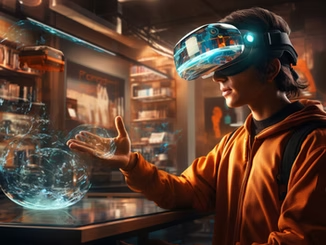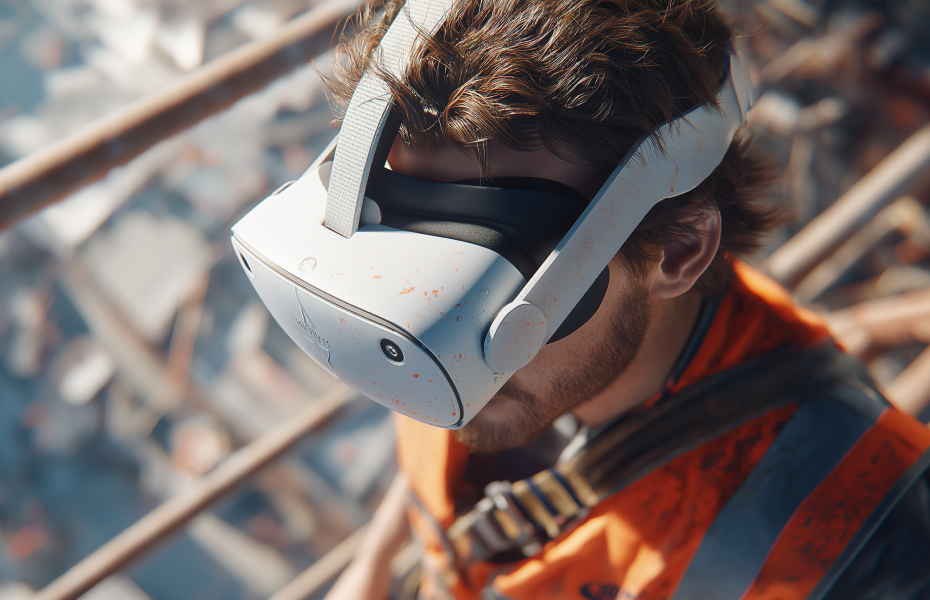In an age of fleeting consumer attention, brands are increasingly turning to innovative marketing strategies to engage their audience. One of the most effective approaches emerging in recent years is the fusion of experiential learning with immersive marketing, creating the best immersive practices for brands. This article delves into the concept of immersive experiences, their role in experiential marketing, and how brands can leverage advanced technologies to create unforgettable customer interactions that incorporate immersive elements.
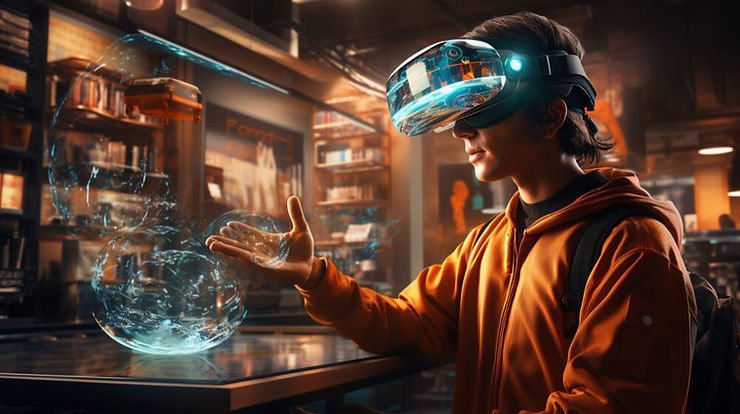
What is an Immersive Experience in Experiential Marketing?
Defining Immersive Experiences in Marketing
Immersive experiences in marketing refer to marketing strategies that completely immerse visitors in a brand's narrative, allowing them to engage with the brand's products or services profoundly. These immersive experiences often utilize experiential marketing techniques that stimulate multiple senses, providing an environment where consumers can connect with the brand and gain a deeper understanding of its values.
By creating an immersive environment, brands foster a more profound emotional engagement, leading to lasting impressions beyond traditional advertising. The goal is not just to inform customers about a product but to allow them to experience it firsthand, enriching their understanding and appreciation of the brand.
How Does Immersion Enhance Learning?
Immersion is vital in enhancing learning by creating a hands-on experience that facilitates deeper comprehension and retention of information. Participants are actively involved in immersive learning environments, such as virtual reality (VR) or augmented reality (AR) installations, rather than passively receiving information. This active participation helps to stimulate curiosity and encourages exploration, leading to more memorable learning experiences.
By engaging multiple senses, immersive learning can effectively bridge the gap between theoretical knowledge and practical application, making it an essential tool in education and marketing. If your team interacts with customers daily, you might want to complement that with our dedicated customer service skillsThis connection is what makes experiential marketing so powerful in influencing consumer behaviour.
Examples of Immersive Experiences in Marketing
There are numerous examples of immersive experiences that have successfully captivated audiences. For instance, brands like Coca-Cola have created immersive art installations allowing visitors to enter a world of creativity and interaction, showcasing the best immersive practices.
Another notable example is the escape room concept, where participants must solve puzzles to achieve a goal, immersing themselves in a narrative that reflects the brand's identity. These experiential designs entertain and educate consumers about the brand's values and offerings, creating a memorable connection that can lead to increased loyalty and sales.

How Does Experiential Learning Drive Immersive Marketing Strategies?
The Role of Hands-on Learning in Marketing
Experiential learning is characterized by hands-on experiences that foster active engagement, and this principle is fundamental to developing effective immersive marketing strategies. By incorporating elements of experiential learning, brands can create marketing campaigns that encourage consumers to participate actively rather than observe. For example, a technology brand might allow visitors to interact with their latest gadgets in a pop-up shop, allowing them to learn through experience. This hands-on approach builds familiarity with the brand and enhances customer satisfaction, as consumers feel more connected to the products they engage with.
Connecting Experiential Learning with Consumer Engagement
The connection between experiential learning and consumer engagement is critical for brands that foster loyalty. By providing consumers with opportunities to engage in immersive and experiential activities, brands can create meaningful interactions that resonate long after the real-world experience. For instance, a clothing retailer may host a fashion show where attendees can try on outfits and participate in styling sessions. This level of interactivity helps to create a community around the brand, encouraging attendees to share their experiences on social media, thus amplifying the brand's reach and impact.
Case Studies of Successful Experiential Learning Campaigns
Case studies of successful experiential learning campaigns demonstrate the effectiveness of this approach in driving brand awareness and consumer engagement. A prime example is IKEA's "IKEA Place" AR app, which allows users to visualize how furniture would look in their homes. This immersive technology not only enhances the shopping experience but also educates consumers on how to make informed purchasing decisions. Similarly, the "Dove Real Beauty" campaign utilized immersive installations that encouraged visitors to reflect on their self-image, effectively linking the brand's mission with a powerful learning experience. These campaigns highlight how experiential learning can transform consumer perceptions and propel brands to new heights.
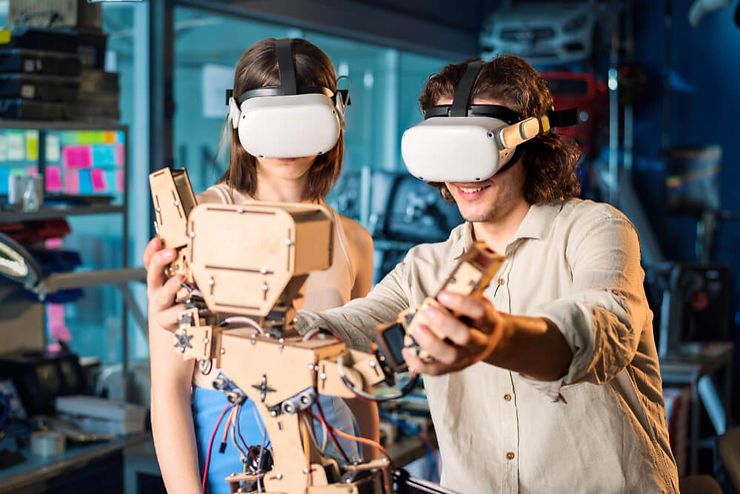
What Are the Differences Between Immersive and Experiential Technologies?
Understanding Immersive Technology: VR, AR, and MR
Immersive technology encompasses a range of tools designed to create engaging experiences, including virtual reality (VR), augmented reality (AR), and mixed reality (MR). VR offers a fully immersive experience by placing users in a computer-generated environment, while AR enhances the real world by overlaying digital elements onto the physical environment. MR combines both VR and AR elements, allowing for interactive experiences that seamlessly blend the digital and physical worlds in a real-world context. Understanding these technologies is essential for brands to implement immersive marketing strategies effectively.
Critical Differences Between Immersive and Experiential Approaches
While immersive and experiential are often used interchangeably, critical differences exist between the two approaches. Immersive marketing focuses on creating a thoroughly engaging environment that captivates consumers, often through advanced technology and experiential and immersive techniques. In contrast, experiential marketing encompasses a broader range of activities that may not always involve technology but aim to engage consumers personally. Brands must assess their marketing goals and audience preferences to determine the most suitable campaign approach.
Choosing the Right Technology for Your Marketing Needs
When selecting the right technology for marketing needs, brands should consider their target audience, the message they wish to convey, and the type of experience they want to create. For instance, if the goal is to showcase a product uniquely, AR might be the ideal choice to engage consumers in real time. Alternatively, VR could be the more practical option if a brand aims to create an unforgettable experience that immerses users in a narrative. By aligning technology choices with marketing objectives, brands can enhance their overall marketing strategy and deliver impactful experiences to their audience.
It is important to consult a safety professional before undertaking any of the steps outlined in this article

How Can Brands Use Immersive Technology to Enhance Customer Experience?
Leveraging Virtual Reality for Brand Activation
Brands can leverage virtual reality for brand activation by creating unique VR experiences that allow consumers to explore their products captivatingly. For example, a travel company might develop a VR experience that transports users to exotic locations, inspiring them to book their next vacation. By immersing consumers in a virtual environment, brands can evoke emotions and stimulate interest in their offerings, ultimately driving sales and brand loyalty.
Augmented Reality: Engaging Consumers in Real-time
Augmented reality allows brands to engage consumers in real time, enhancing their shopping experience and providing valuable information. For instance, cosmetic brands can use AR technology to allow consumers to try makeup virtually before purchasing. This interactive approach enhances the customer experience and empowers consumers to make informed decisions, leading to a deeper understanding and higher conversion rates.
Innovative Mixed Reality Applications in Marketing
Mixed reality applications combine the physical and digital worlds to offer innovative possibilities for marketing. Brands can use mixed reality to create interactive installations inviting consumers to participate in unique experiential experiences. For example, an automotive brand could develop a mixed-reality application that allows users to customize a car and see it in their driveway in real-time, providing an experiential and immersive interaction. These innovative applications enhance customer engagement and create a memorable experience that encourages brand advocacy.
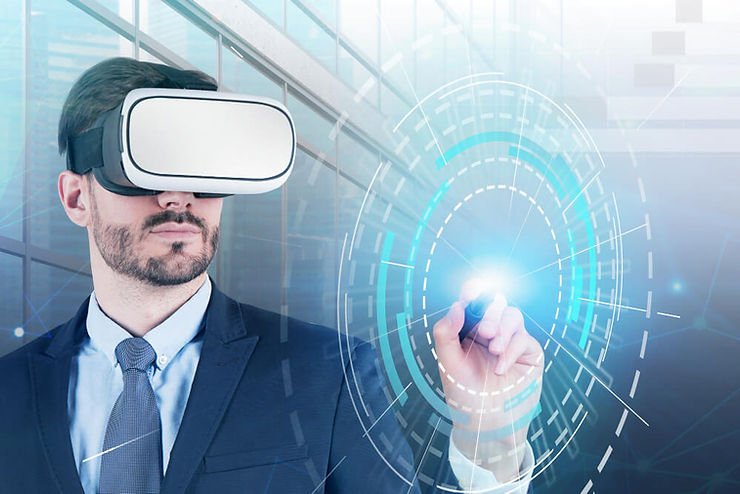
What Are the Future Trends in Immersive and Experiential Marketing for 2024?
Predicted Advances in Immersive Technology
As we look towards 2024, predicted advances in immersive technology are set to revolutionize the marketing landscape, making it a buzzword in the industry. With the rapid evolution of VR, AR, and MR, brands will have access to more sophisticated tools that create even more engaging and immersive experiences. These advancements will allow for greater personalization, enabling brands to tailor experiences to individual preferences and behaviours, ultimately driving consumer satisfaction and loyalty.
The Growing Importance of Interactivity in Marketing
The growing importance of interactivity in marketing, especially in 2023, must be addressed. As consumers increasingly seek unique and engaging experiences, brands must prioritize interactivity to capture attention and foster loyalty. This trend will likely lead to more brands experimenting with gamified experiences and interactive installations encouraging participation and exploration and creating deeper connections with their audiences.
How Brands Can Prepare for 2024's Marketing Landscape
To prepare for the marketing landscape 2024, brands should invest in understanding immersive technologies and how they can enhance customer experiences. This includes exploring partnerships with technology providers, experimenting with different immersive formats, and gathering consumer feedback to refine their strategies. By staying ahead of trends and prioritizing innovative approaches, brands can remain relevant in an ever-evolving market and continue to deliver captivating experiences that resonate with consumers.
Author:
Share Article:
Author:
Share Article:
